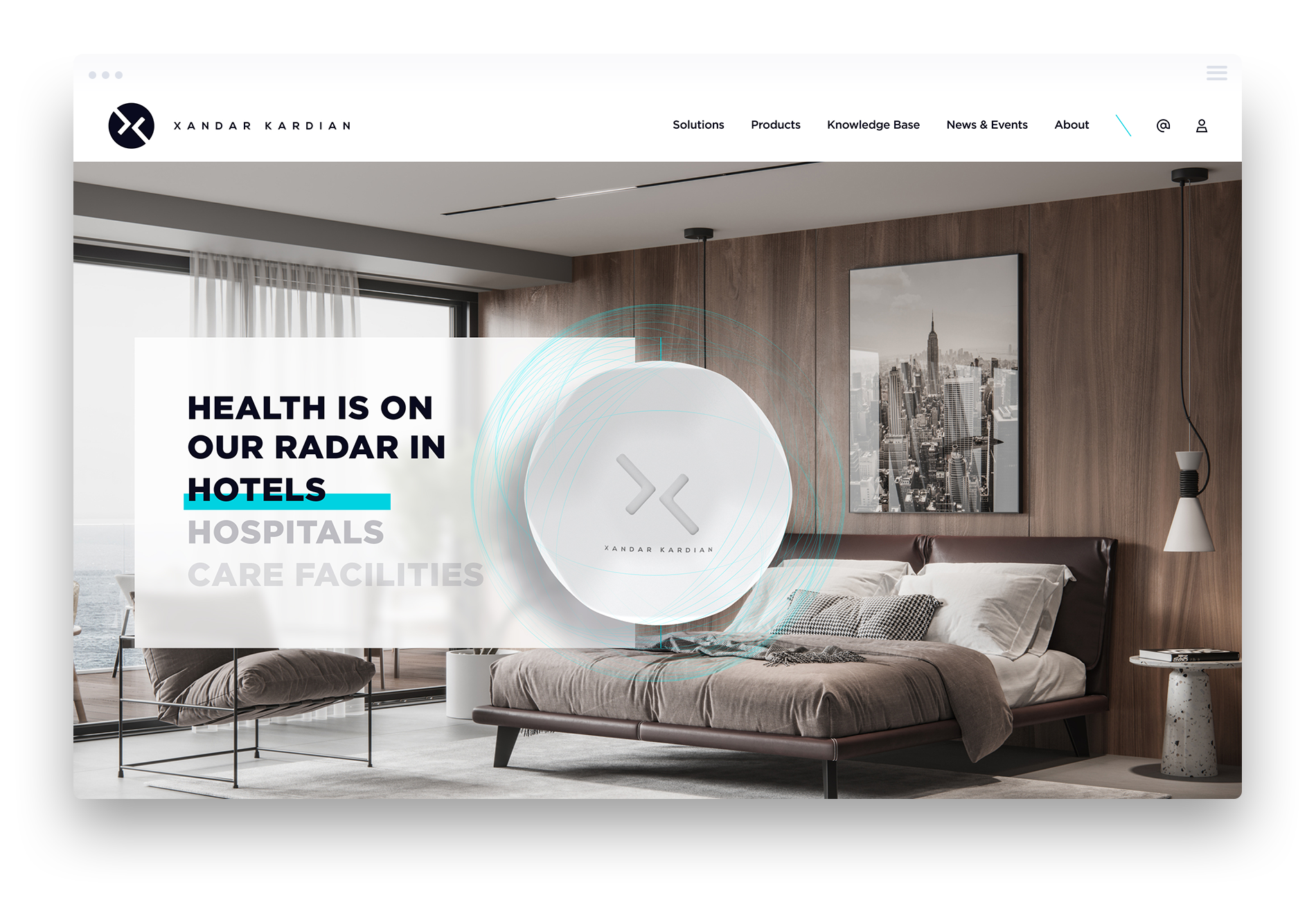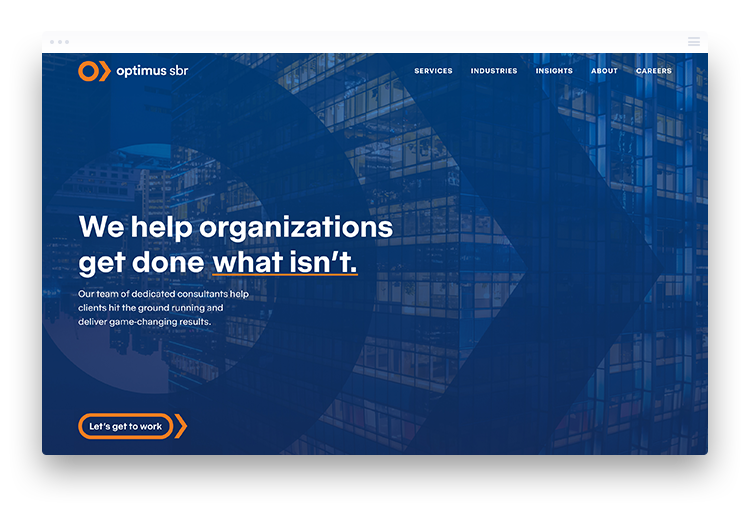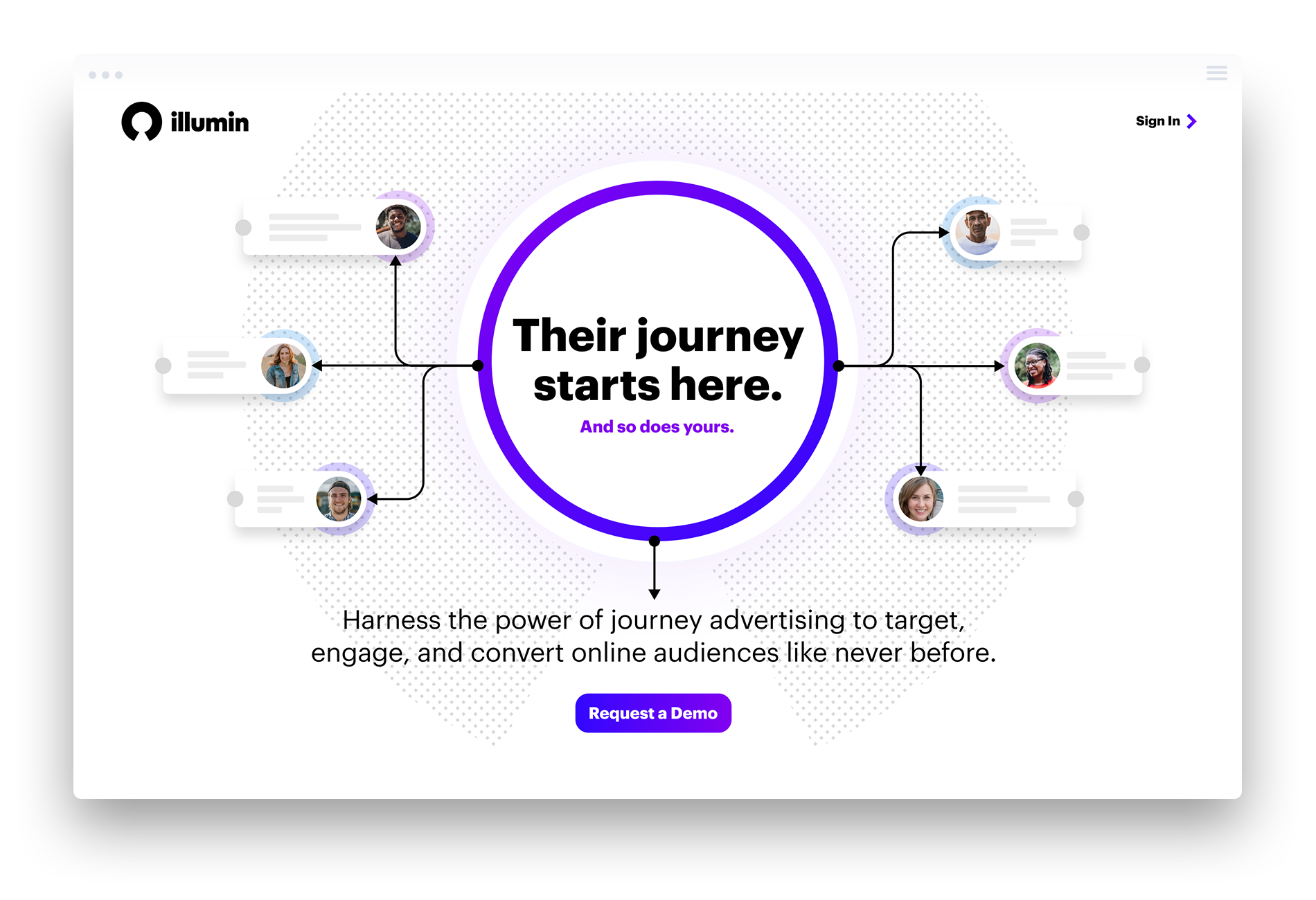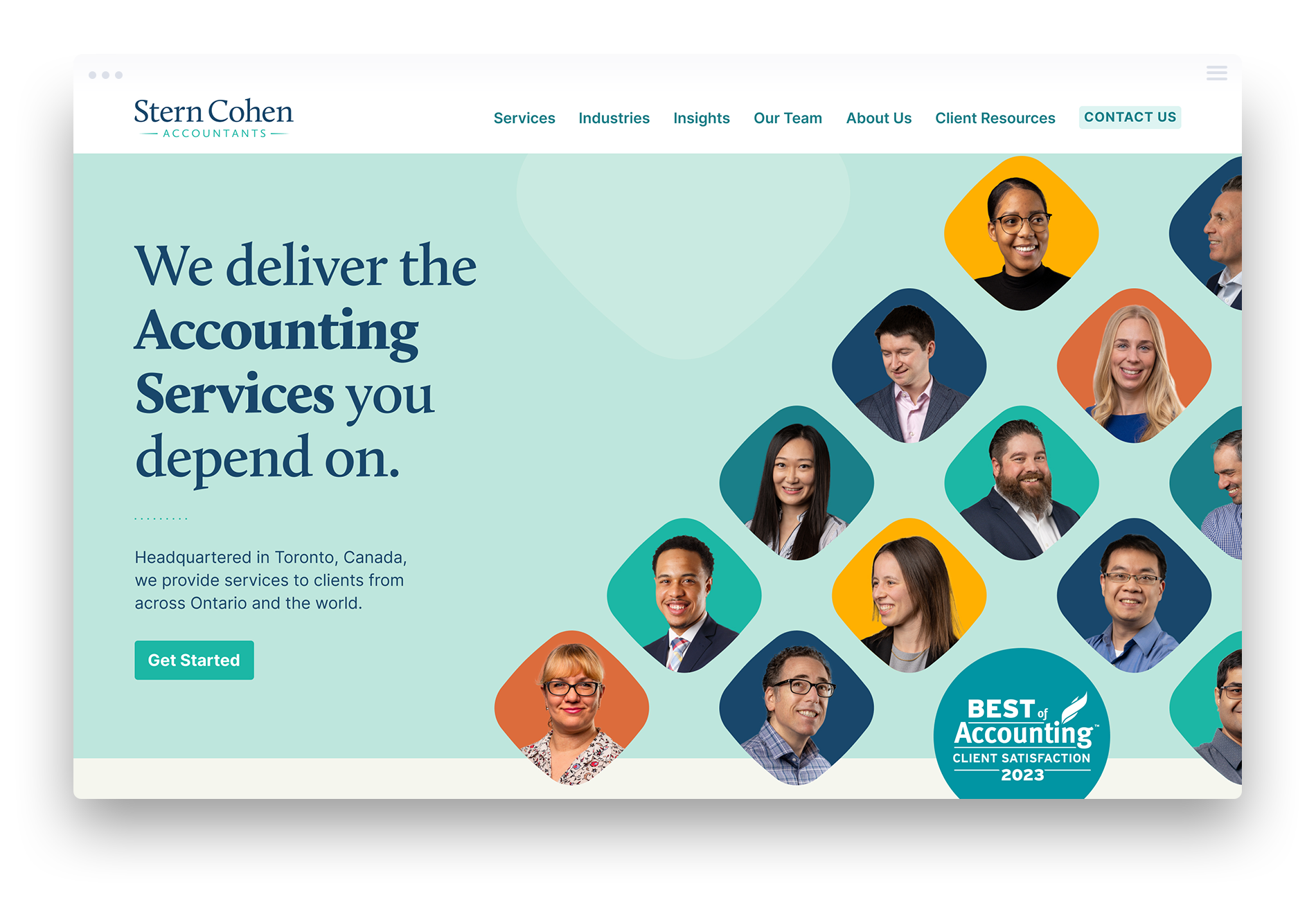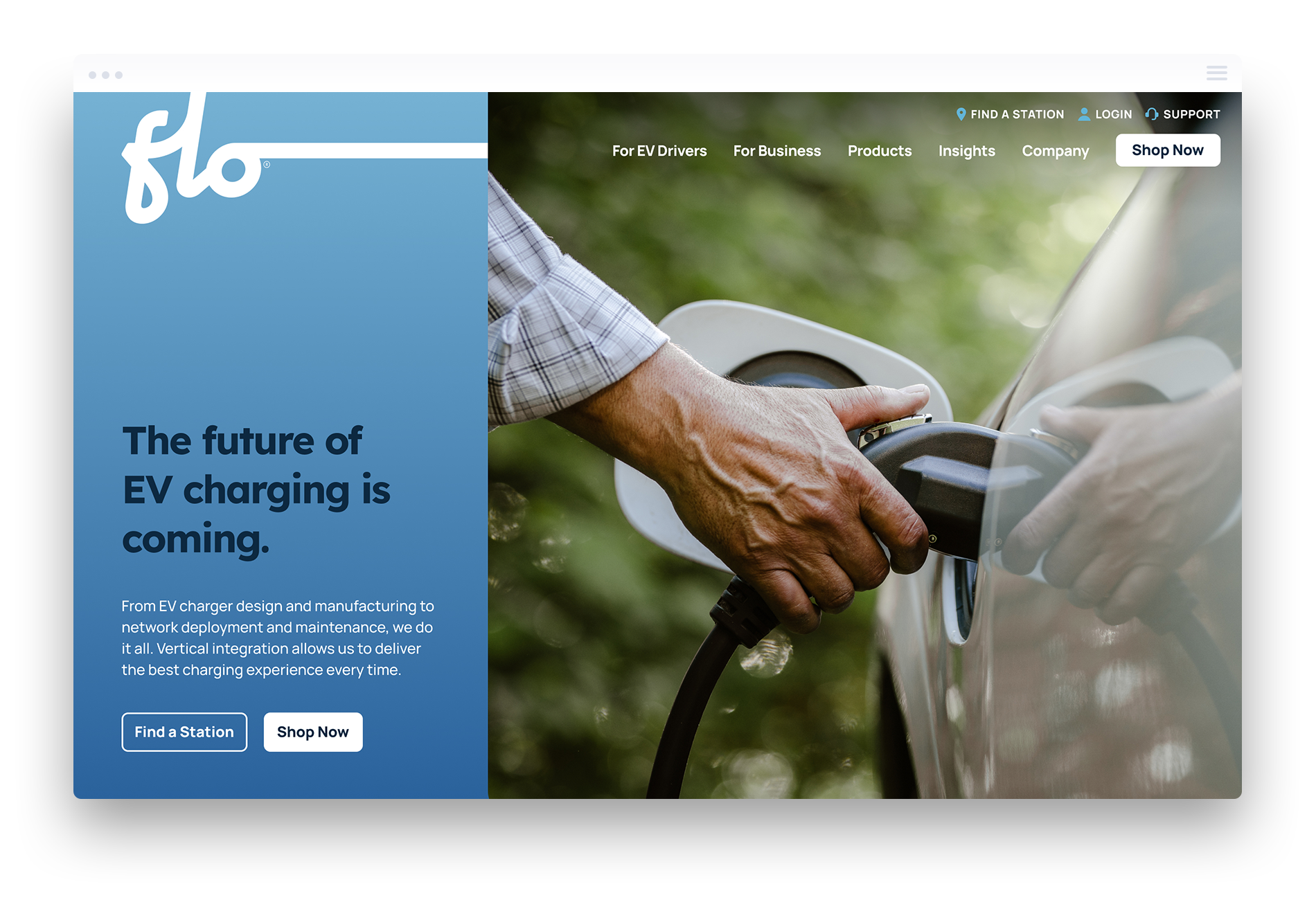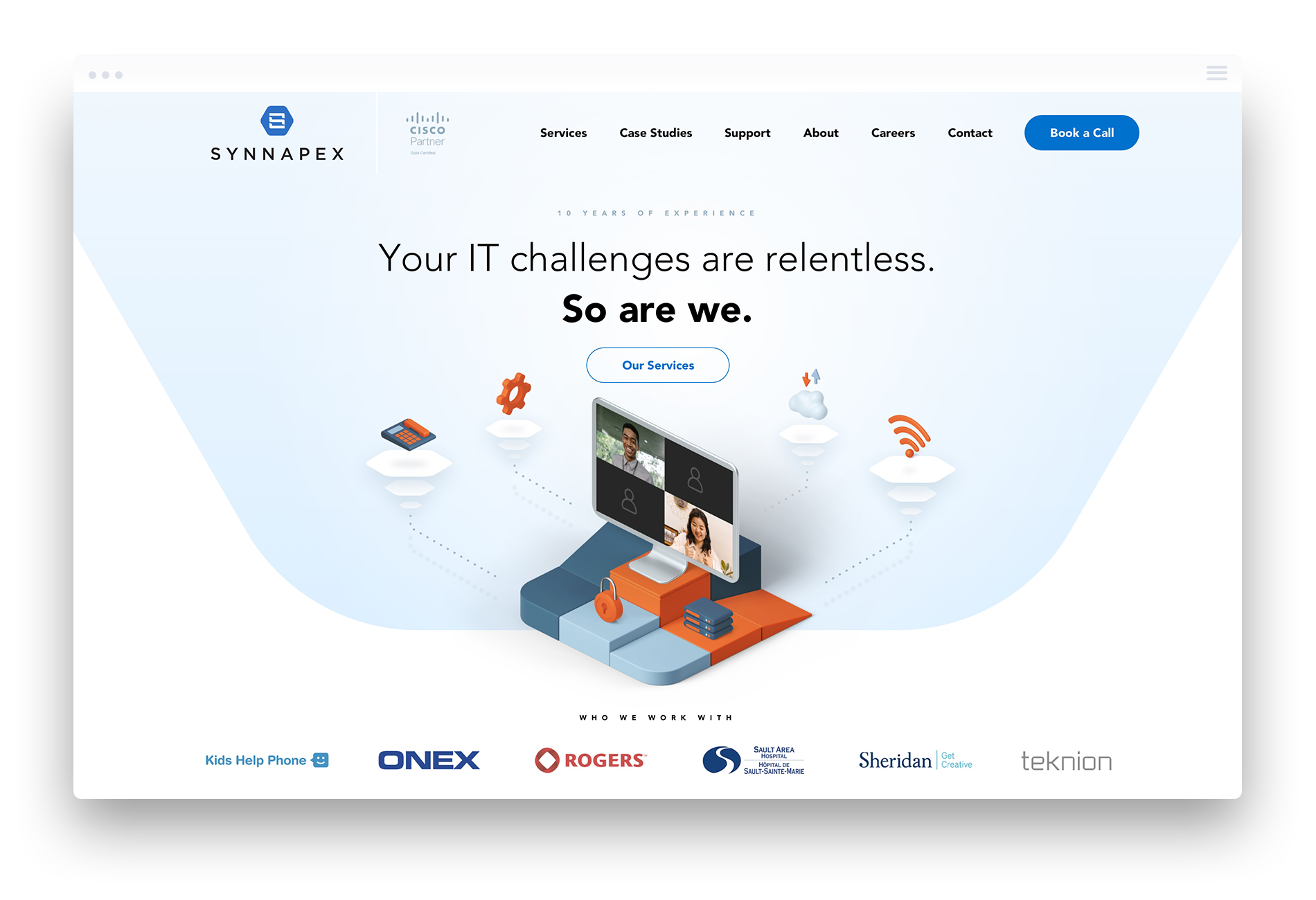Best Practices for B2B Web Design
Design for Conversion
With our thorough understanding of the quintessential B2B customer and their unique buying habits, we understand that merely displaying a flashy interface and beautiful product shots (bolstered by catchphrases) simply does not work. B2B customers want to first vet the B2B service provider based on high-level information from a website to support the referral that leads them on the website in the first place. Ultimately, once they have a reasonable understanding of the product or service offering, they want to speak to another human. We use elegantly designed, straightforward web forms to satisfy this need in the buying process.
Web forms, in general, can become a bit of a black hole. There is widespread fear or distaste for web forms because we’re asking people to provide us with their highly-valued personal information, and asking them to trust that we’ll keep it private and safe. Much of this concern is deeply rooted in internet privacy, which has become a worldwide epidemic. The web form design should reassure users that the company will not use their information market something the user is not interested in, or worse yet, sell their personal information to another party.









